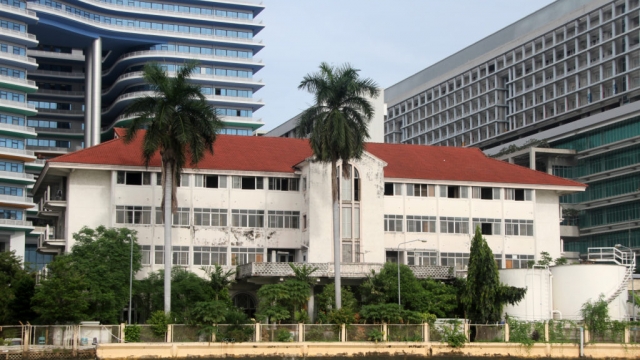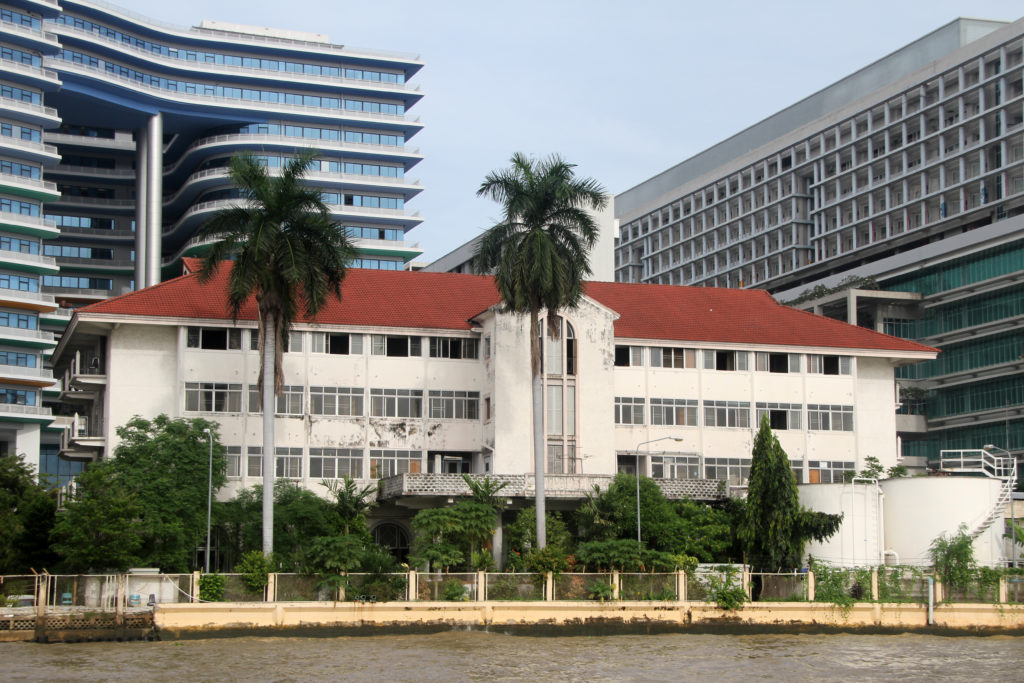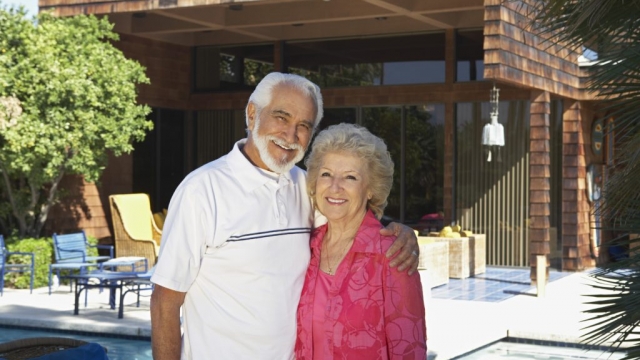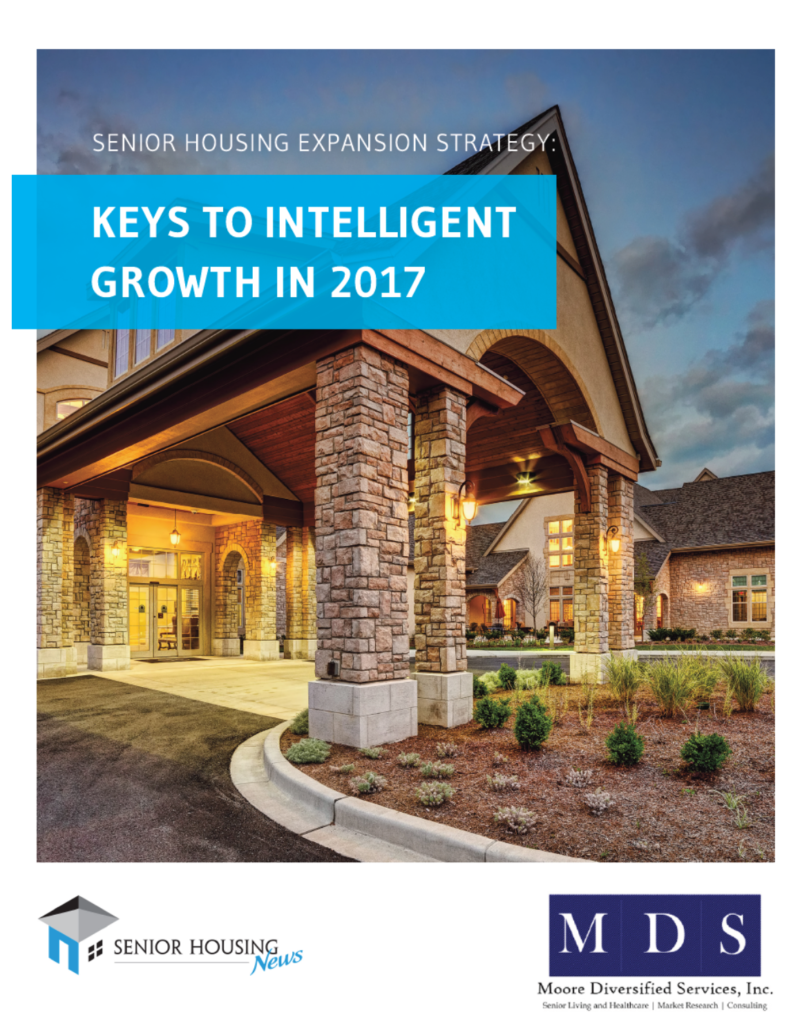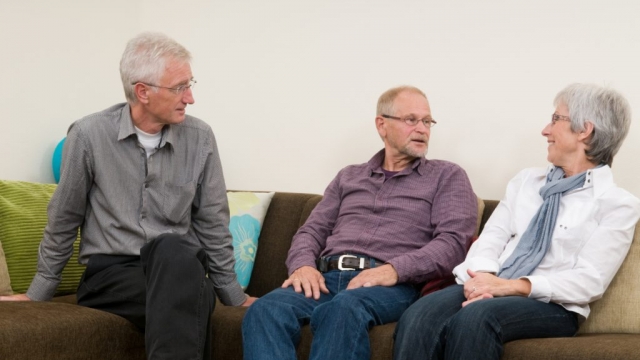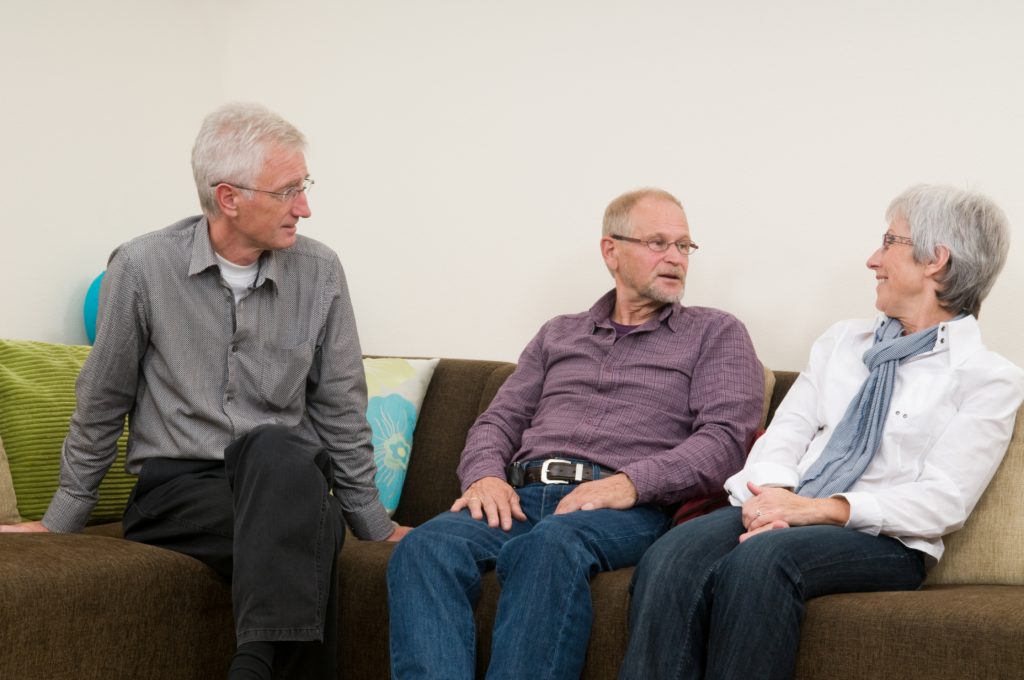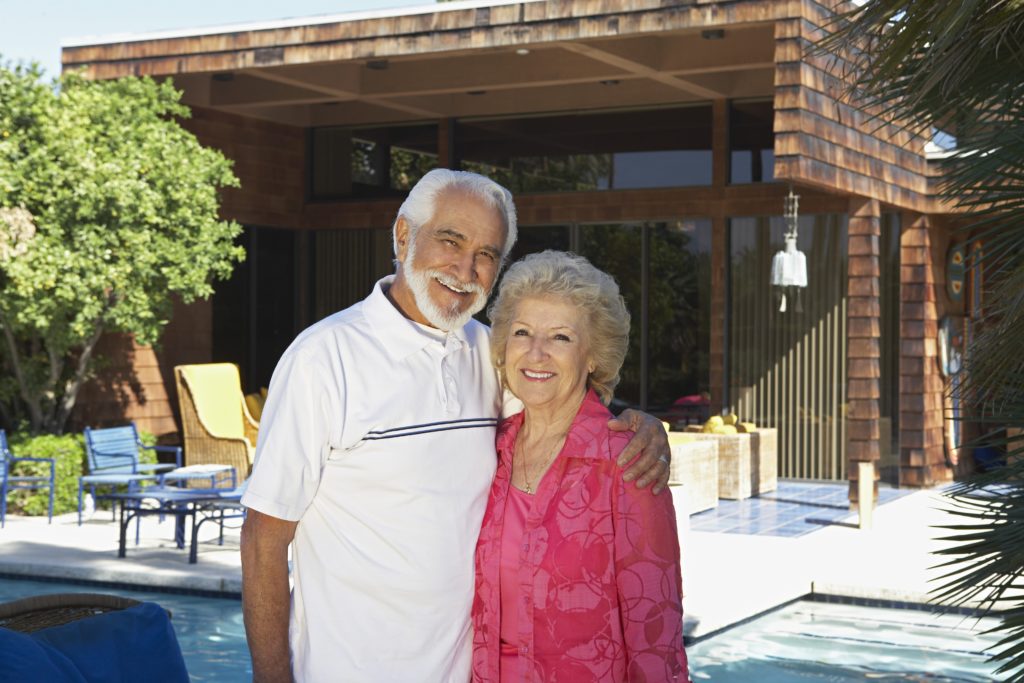 How would you like to bring a sharpened, market-responsive focus to your campus, as well as:
How would you like to bring a sharpened, market-responsive focus to your campus, as well as:
- Increase your resident’s average length of stay?
- Provide a “feeder market” for your independent and assisted living?
- Optimize your resident profile?
- Improve your operating profit margin?
- Make productive use of available land?
- Put additional cash in your coffers?
Better still, how would you like to accomplish all of this with limited capital and acceptable market and financial risk?
If this strikes your fancy, and you have some available land on your existing CCRC campus, consider adding active adult housing. While open space on the campus is certainly desirable, many sponsors and owner/operators now prefer to devote part of that land to active adult housing. Many continuing care retirement communities are located on a 20-acre or larger site.
An active adult community frequently consists of single family detached homes with living areas of approximately 1,500 to 1,800 square feet with garages. The resulting unit density is typically four to six units/acre. A higher density alternative would be single family attached duplexes, triplexes and quadraplexes with living areas ranging from 1,300 to 1,600 square feet with a density of six to eight units/acre.
Active adult housing can provide a very attractive alternative to your smaller CCRC apartments, which typically range from 600 to 1,200 square feet.
Active Adult Financial Synergy
Adding 25 active adult cottages/villas with a reasonable land cost allocation has a big payoff. Developing the land allows you to realize an increase of land value that you probably already own free and clear. In addition, when successfully implemented, you will now be spreading much of your existing fixed costs (executive director, general administrative costs, etc.) across additional revenue-producing units. You will also realize ongoing increases in cash flow after paying all operating expenses and mortgage payments.
You will also diversify your product mix and realize a more optimum resident profile. At the same time, you’ll also extend the average length of stay on your campus. If you offer any form of life care, you will likely lower your future actuarial and financial risks. Remember, entry fees (one active adult pricing option) are essentially interest free loans that you get to keep for an extended time – typically for as long as the resident lives on your campus.
Market Positioning for a Slightly Different Resident Profile

When adding active adult villas, you’ll have some unique market positioning issues to address. Your current independent living or CCRC resident profile probably consists of 70 to 80 percent single/widowed females with a typical entry age of 80 years or more. Most of these residents have specific needs and have probably already experienced a health related “wake-up call.” This type of situation has motivated them to make the senior living decision in the first place.
On the other hand, active adult villa residents are typically couples in the 75- to 80-year-old age range, active, and in relatively good health. Their average entry age will change slightly. Instead of residents moving in at 80 years or older, residents – primarily couples – will typically move in when they are 75 to 80 years old. They desire hassle-free living with the option of purchasing additional a la carte services such as meals, housekeeping, and possibly health care.
Market positioning must be concise and clearly segmented to avoid confusion and cannibalization between your cottages/villas and your independent living apartments. Each must be positioned as separate products for seniors who have different short-term wants and needs, but common long-term concerns.
To many seniors, this represents the cure for the classical “I’m not ready for retirement living” sales objection. They can access senior living without a comprehensive array of mandatory services. To many CCRC owner/operators, it represents a whole new market. In the past, this niche market of senior housing was usually perceived as a site-specific, large-scale project involving hundreds of units. But today, a moderate-sized CCRC can boost its bottom line by developing its own brand of active adult housing at minimal cost.
Before moving on, take a very close look at your specific situation and consider whether active adult housing is appropriate for your campus in terms of the location and availability of land. Also, consider “resident flow patterns” and how active adult housing expands your continuum of living options. These are important issues you and your team should consider. Don’t forget the potential financial impact. At MDS, we can help you examine your situation and together determine if this is a profitable situation for your organization.
Save
 Offer a unique and more flexible living arrangement for some of your independent living residents who obviously want to continue to maximize their independence, but many now need some moderate additional assistance in living. They may not currently require more extensive and structured assisted living at this time. But they could benefit from accessing additional a la carte priced assistance in living services that can be offered on a flexible, as-needed basis within their independent living unit. I call it “Catered Living.”
Offer a unique and more flexible living arrangement for some of your independent living residents who obviously want to continue to maximize their independence, but many now need some moderate additional assistance in living. They may not currently require more extensive and structured assisted living at this time. But they could benefit from accessing additional a la carte priced assistance in living services that can be offered on a flexible, as-needed basis within their independent living unit. I call it “Catered Living.”

